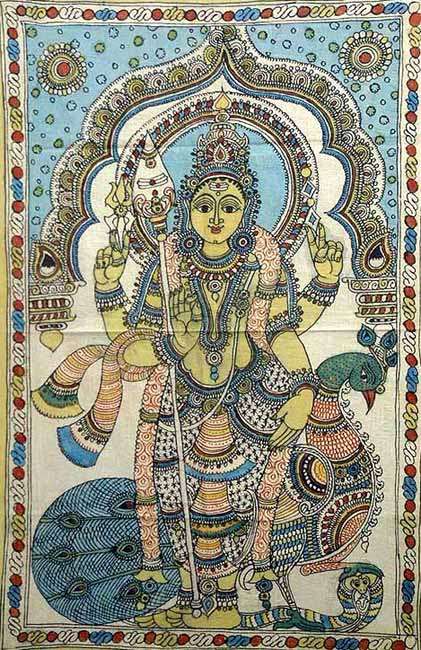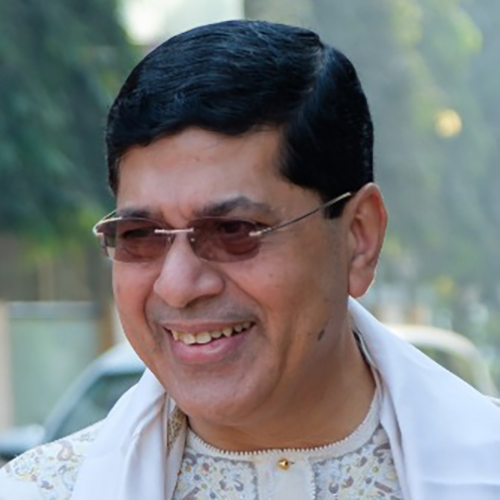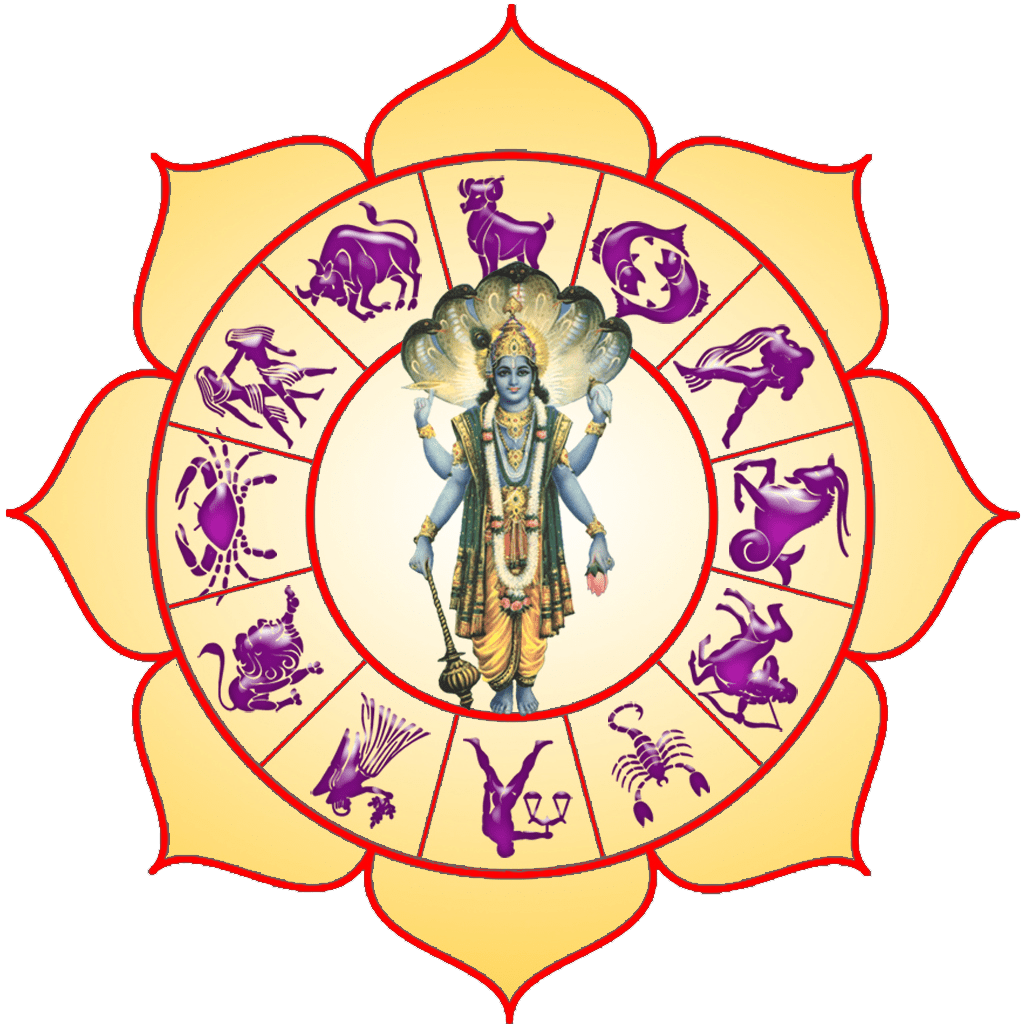ज्योतिष देवता
ज्योतिष के कुछ प्रमुख विषय हैं जिनमें शामिल हैं –
लक्षण शास्त्र जिसका अर्थ है शरीर और आसपास के संकेतों और संकेतों का अध्ययन। इसमें हस्त-रेखा शास्त्र या हस्तरेखा विज्ञान शामिल है जो सुब्रह्मण्य या कार्तिकेय की विशेषता है।
होरा शास्त्र गणेश की शक्ति है
वैदिक अंकज्योतिष सहित गणित शास्त्र दूसरा प्रमुख विषय है
…. ये सभी गणित, होरा और संहिता नामक तीन शाखाओं के अंतर्गत आते हैं।
एक बार कार्तिकेय और गणेश के बीच शास्त्रार्थ हुआ और भगवान शिव निर्णायक थे। कार्तिकेय ने संपूर्ण लक्षण शास्त्र लिखा जबकि गणेश ने होरा शास्त्र लिखा। शिव ने




